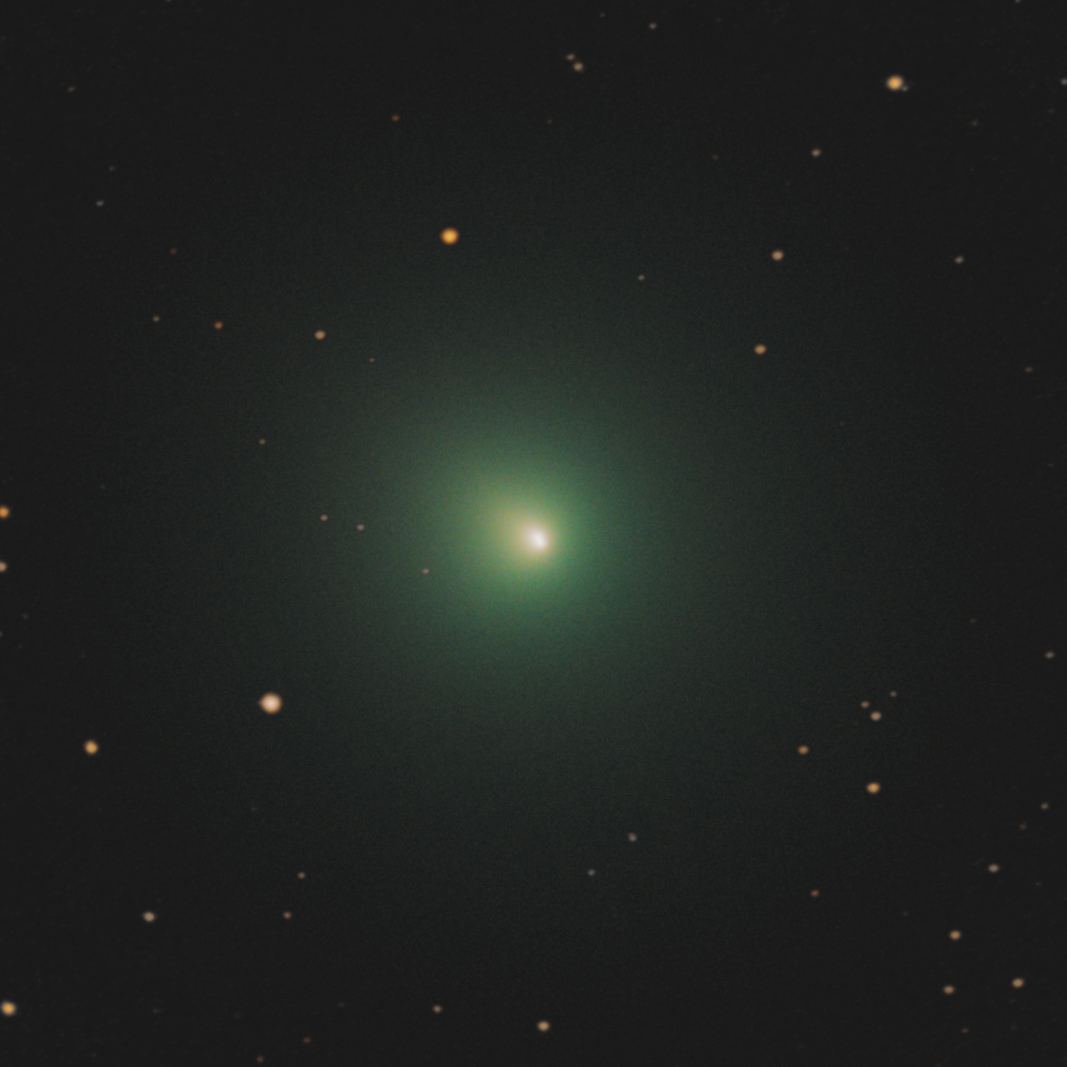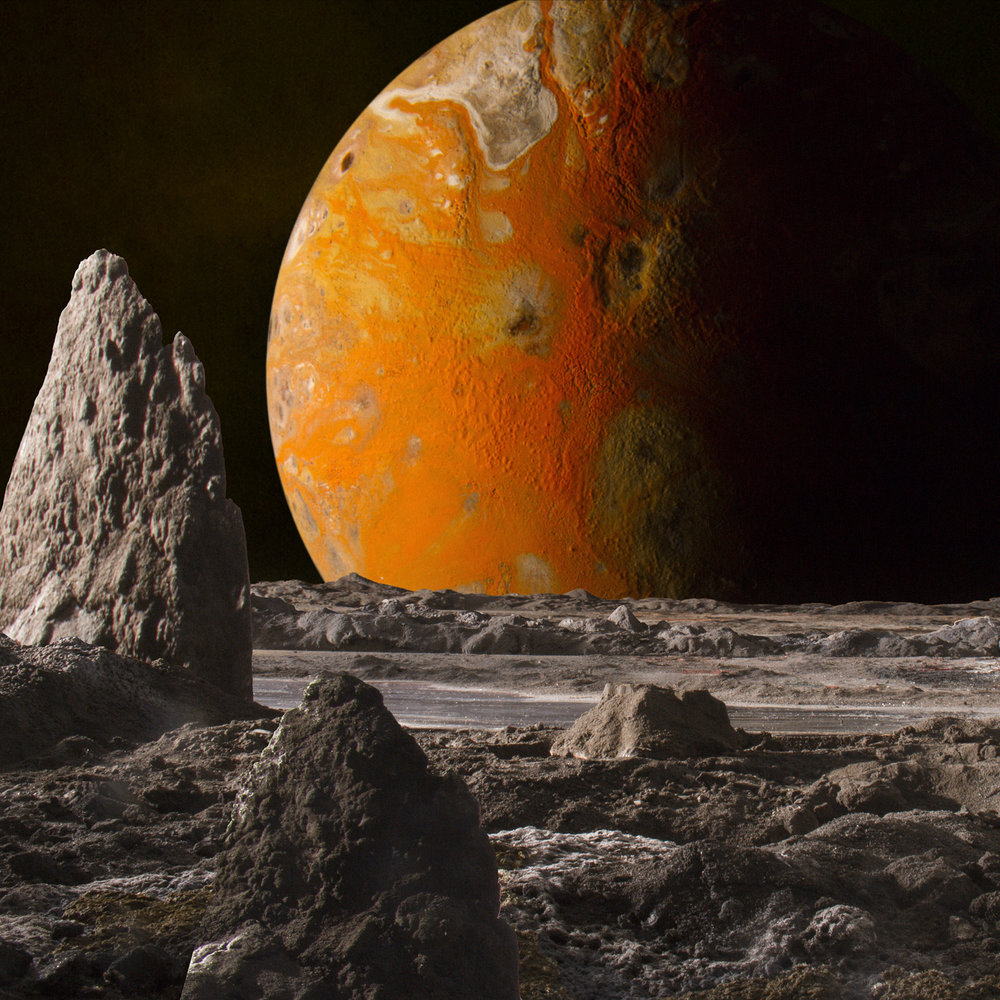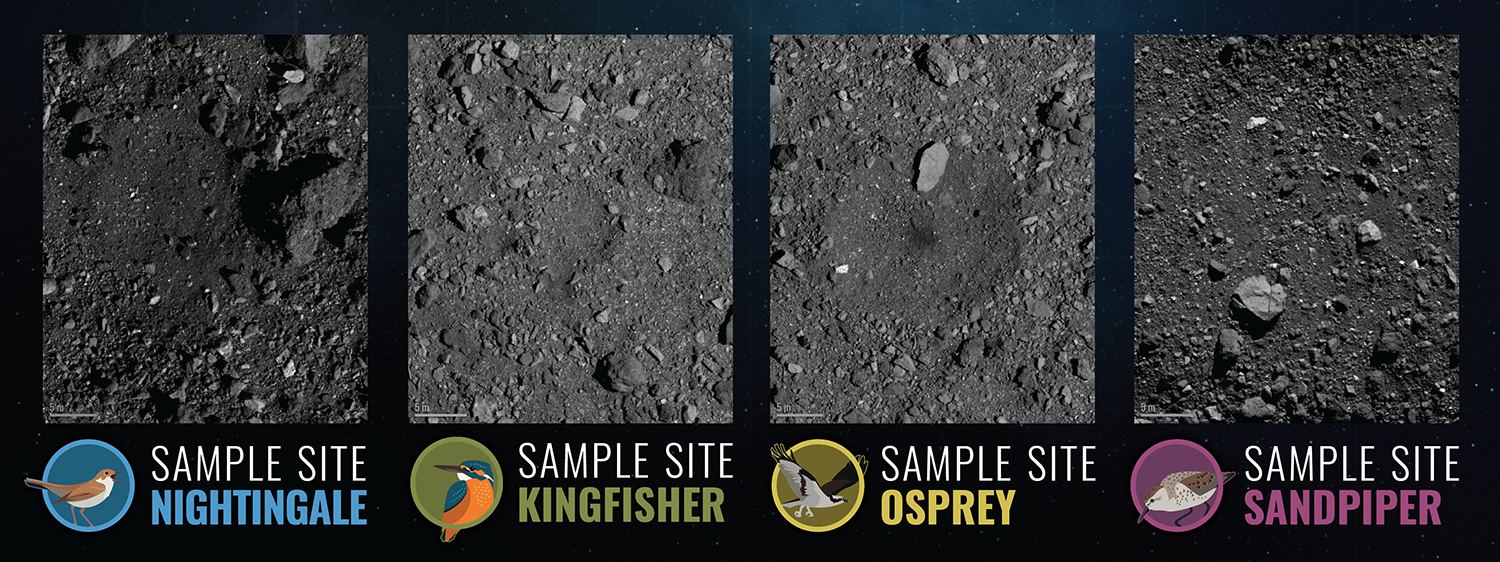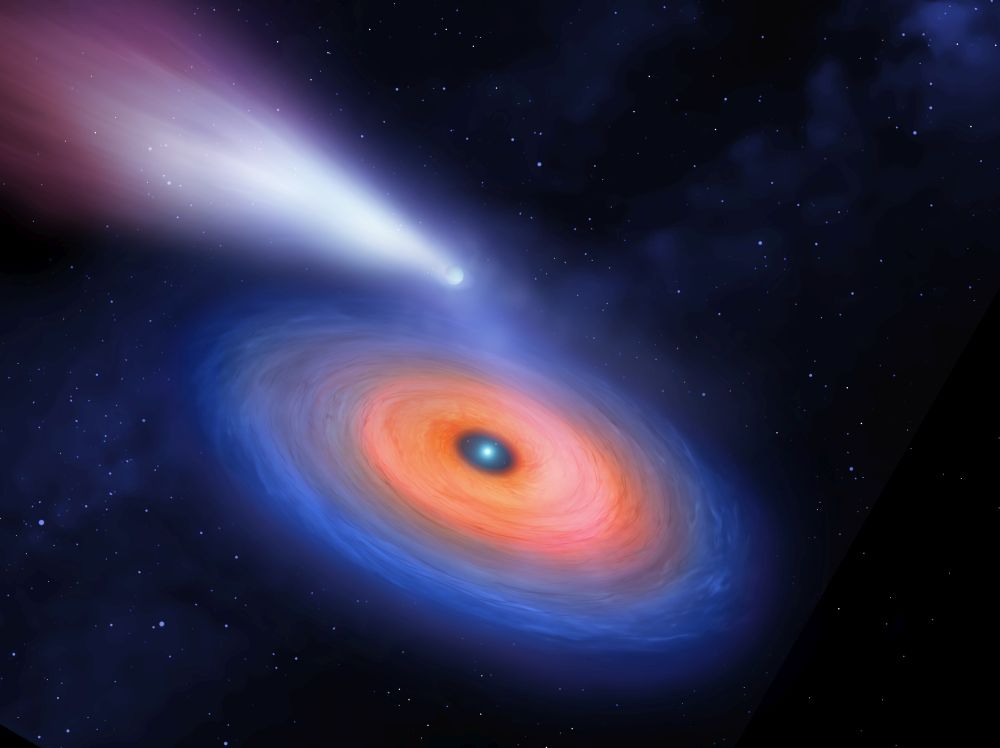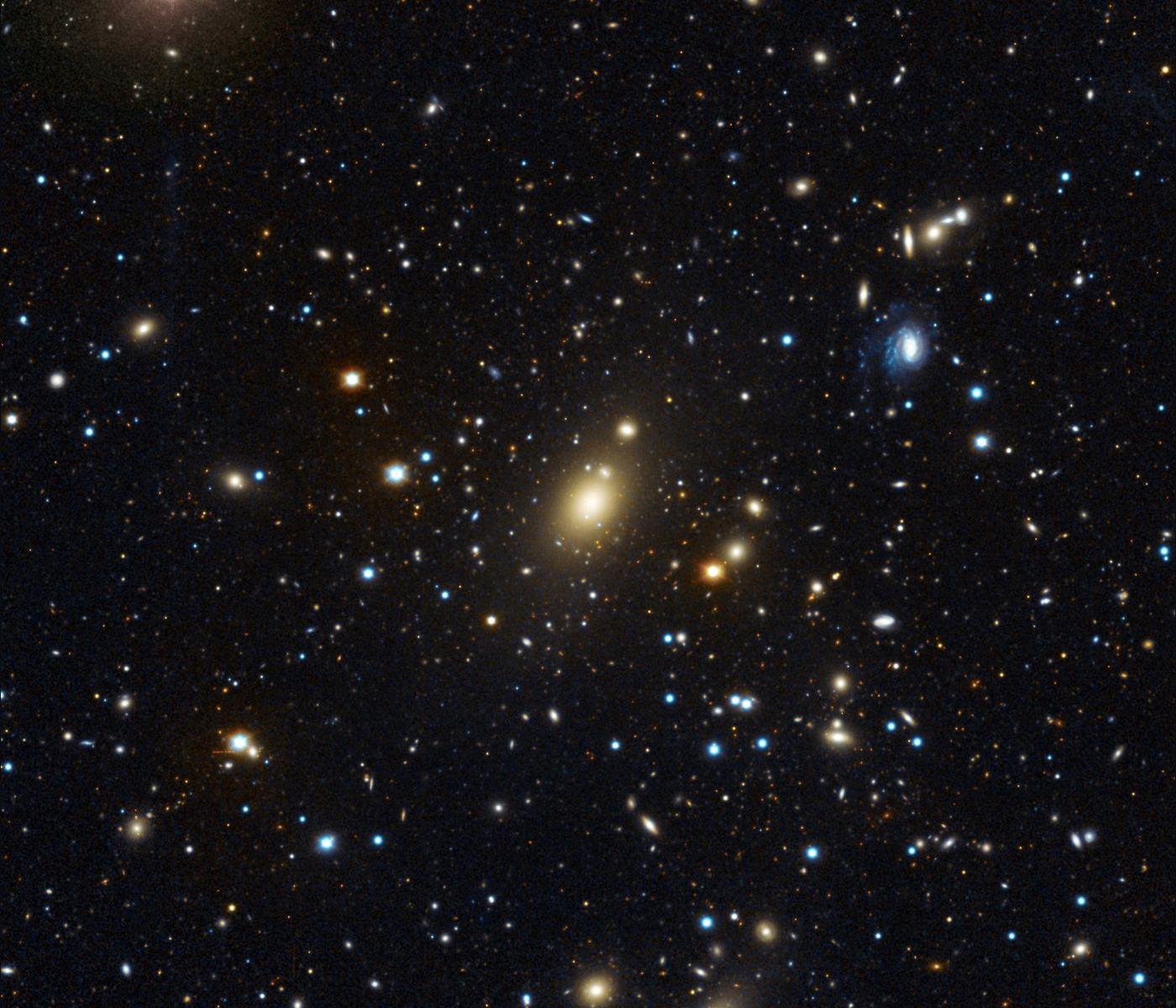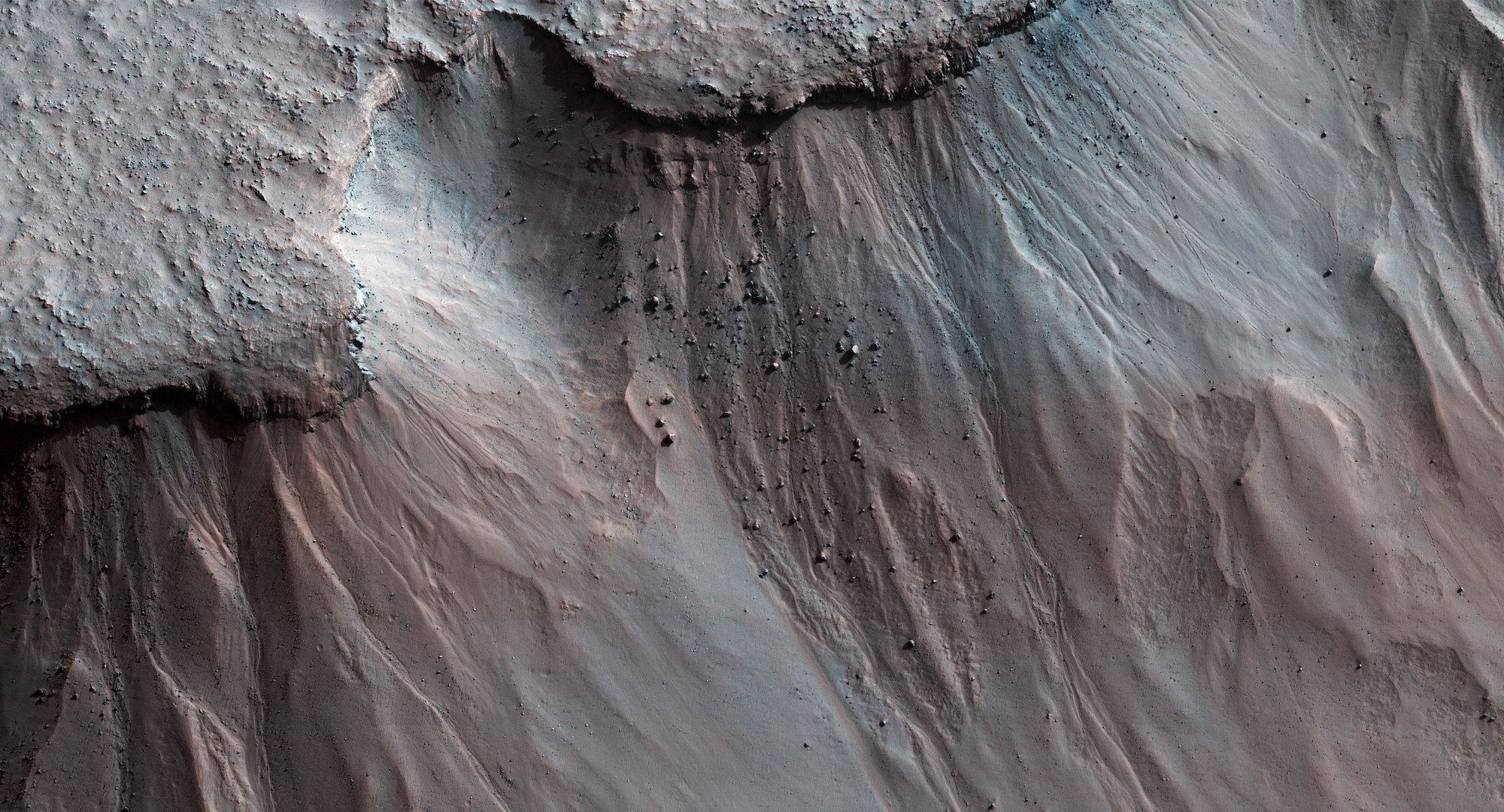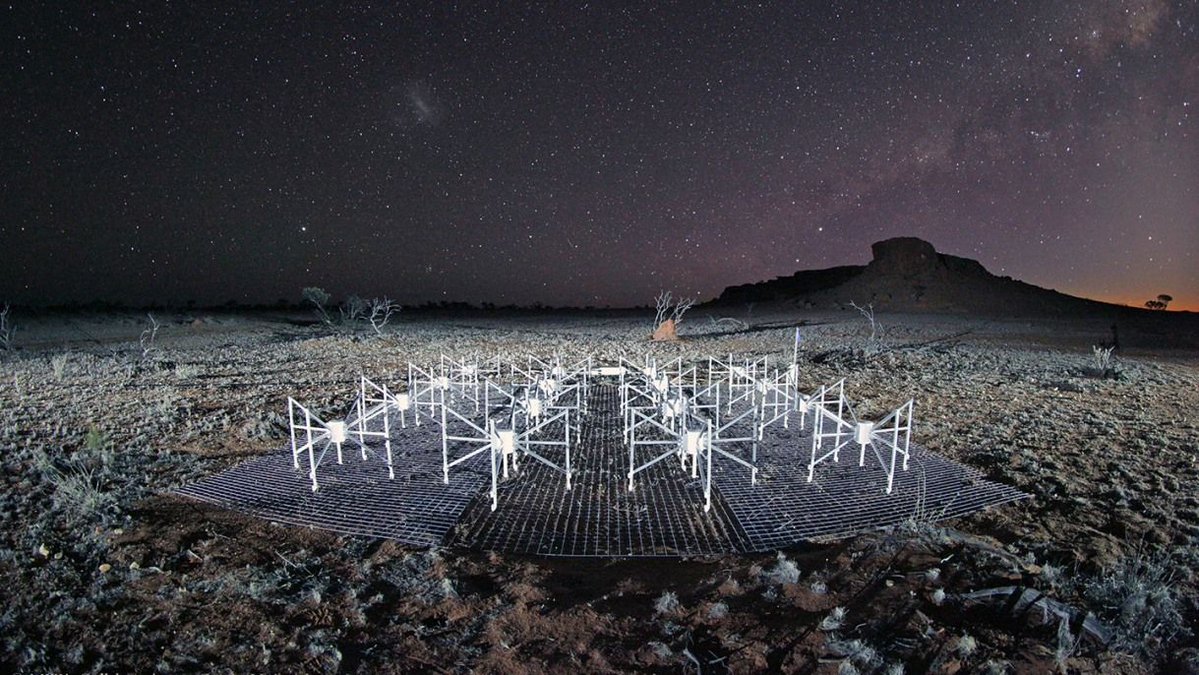TESS, the Transiting Exoplanet Survey Satellite, has imaged an outburst from the comet 46P/Wirtanen. It caught the outburst in what NASA is calling the clearest images yet of a comet outburst from start to finish. A comet outburst is a significant but temporary increase in the comet’s activity, outside of the normal sunlight-driven vaporization of ices that creates a comet’s coma and tail.
Astronomers aren’t certain what causes them, but a new study based on this observation is shedding some light on them.
Continue reading “NASA’s TESS Watched an Outburst from Comet 46P/Wirtanen”
